School will be in session soon, which is a blessing for some parents. So, let’s make it safe for the kids by following these safety tips.
Sharing the road safely with school buses:
School buses are one of the safest forms of transportation on the road today. In fact, according to the National Highway Traffic Safety Administration, riding a bus to school is 13 times safer than riding in a passenger vehicle and 10 times safer than walking to school. The reality of school bus safety is that more children are hurt outside the bus than inside as passengers. Most of the children who lose their lives in bus-related crashes are pedestrians, four to seven years old, who are hit by the bus or by motorists illegally passing a stopped school bus. DO NOT pass a school bus if the lights are flashing and the stop sign is out. Stay alert and stay off your cell phone so you won’t be distracted. It is illegal in Illinois to be on your cell phone or texting in your vehicle! Know where your school zones start and end.
If your child takes the bus to school:
Teach your child to arrive at the bus stop early, stay out of the street, wait for the bus to come to a complete stop before approaching the street and watch for cars. Avoid the bus driver’s blind spot. The 10 foot radius around the bus is called the Danger Zone. If a child drops something in this area, tell the bus driver immediately. Children should remain seated at all times and keep their hands and arms inside the bus.
If your child walks to school:
Plan a route to school and walk the route with your child beforehand. Teach them never to talk to strangers. Have your child walk with a sibling, friend or neighbor.
If you drive your child to school:
Make sure they wear their seatbelts the entire time they are in the vehicle, even if you are waiting in line to drop them off. Any child under the age of 13 years old is safer sitting in the back seat. Make sure your child is in the proper child safety seat for their age, weight and height.
If your child rides their bike to school:
Have them follow all traffic signs and stop at all intersections before crossing the street. Make sure they wear their helmets. Research indicates that a helmet can reduce the risk of head injury by up to 85 percent.

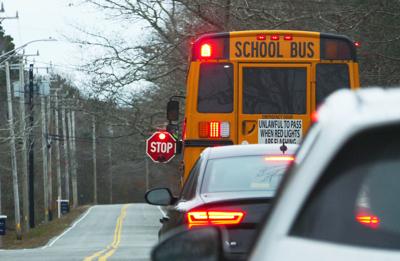
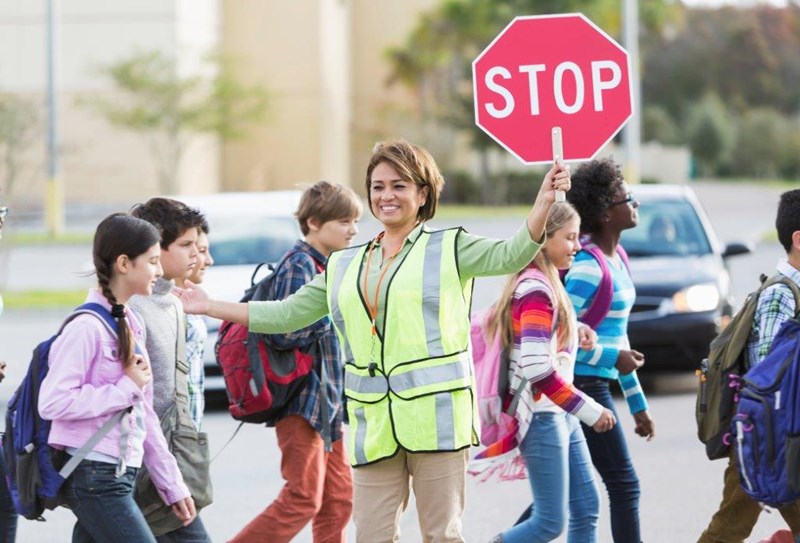
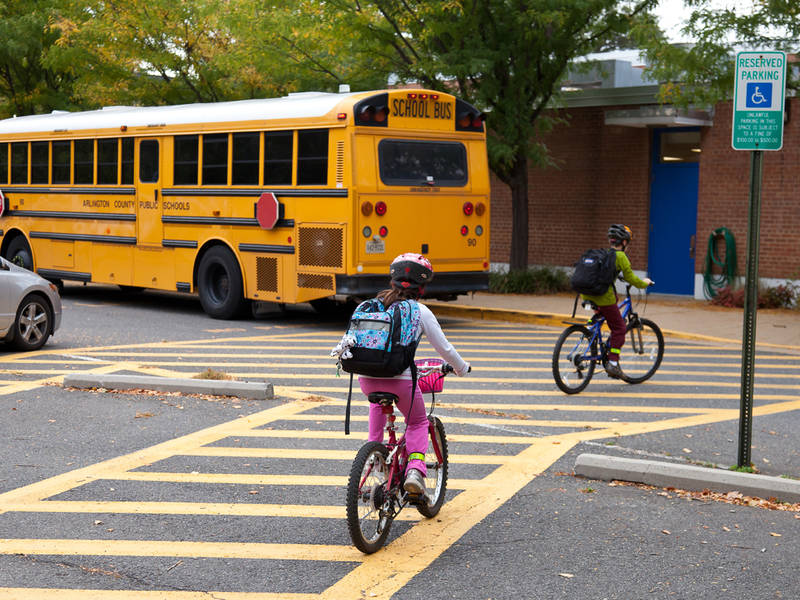
WHEN LIGHTS ARE FLASHING, DON’T BE PASSING!
Children are at greatest risk when they are getting on or off the school bus. Most of the children killed in bus-related crashes are pedestrians, five to seven years old, who are getting on or off the bus. They are hit by the school bus or by motorists illegally passing a stopped school bus. In neighborhoods, near schools, and at bus stops, drivers need to take special care because children do not behave like adults.
Elementary school children can become easily distracted and may start across the street without warning. They don’t understand the dangers of moving vehicles, such as judging the vehicle’s speed or distance. Kids are small and can be blocked from view by the bus. Most importantly, children expect vehicles to stop for them at the school bus stop.
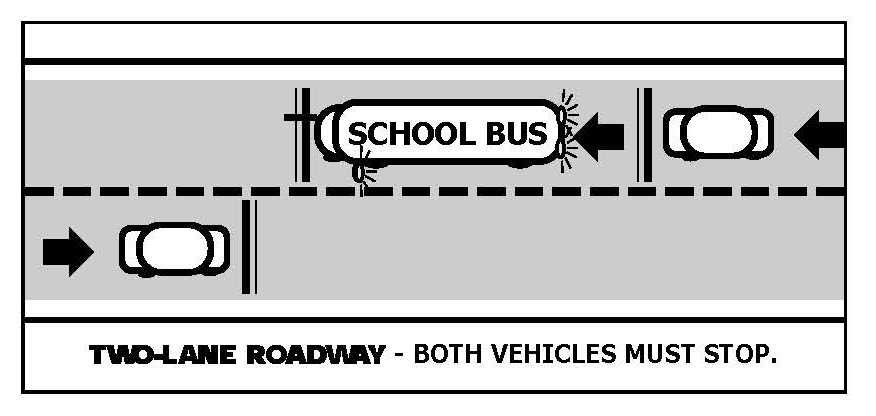
When a school bus is traveling on a two-lane roadway and is stopped to pick up or drop off pupils, the vehicles in all lanes of traffic must stop. Vehicles should stop at least 20 feet before reaching the school bus to allow pupils to cross the roadway safely.
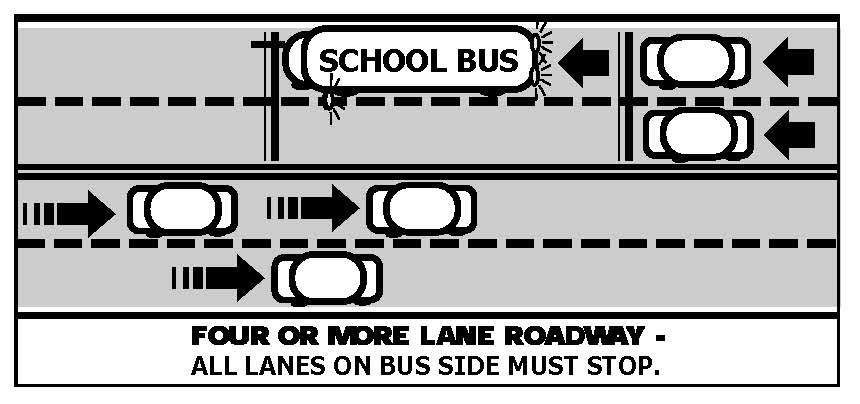
When a school bus is traveling on a four-lane roadway (such as Route 6/Eames St.) with at least two lanes of traffic traveling in the opposite direction, only those lanes of traffic traveling in the same direction as the school bus must stop. Pupils shall not be required to cross four or more lanes of traffic to reach their residence.
